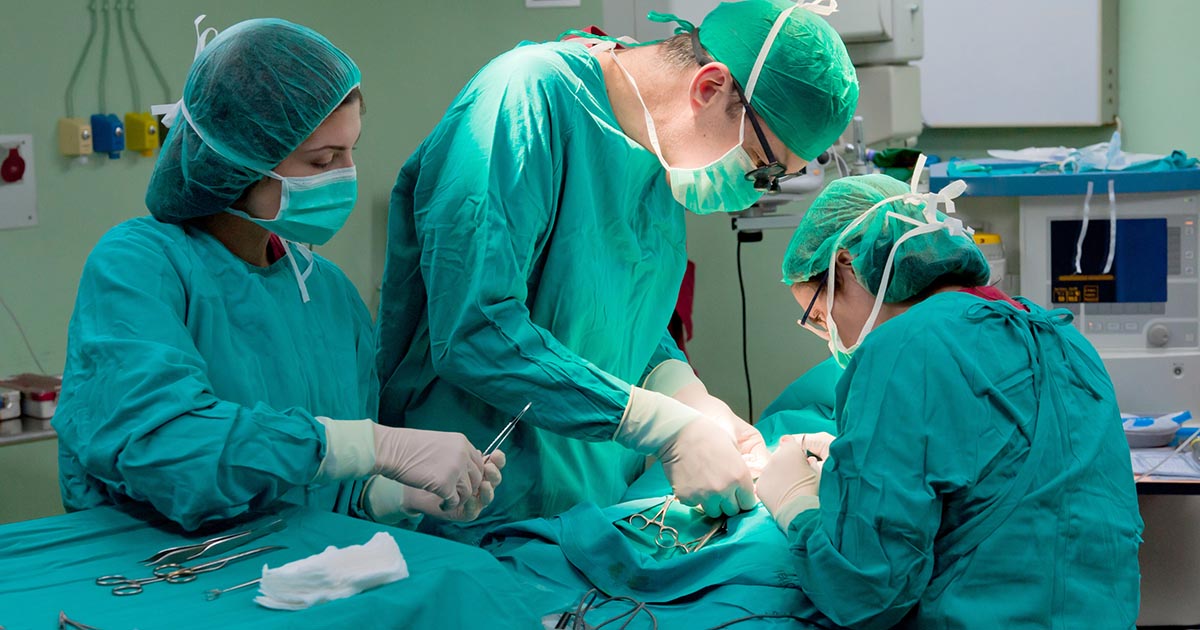Treatments For Osteogenesis Imperfecta
Osteogenesis imperfecta, most commonly known as brittle bone disease, is a genetic disorder that causes bones to break easily without any apparent cause. Osteogenesis imperfecta is relatively rare, and physicians use a classification system to determine the type of osteogenesis imperfecta a patient has. There are currently eight known variations of the disorder, but scientists do not know what the genetic mutation is for some of these types. Osteogenesis imperfecta also varies from person to person even within a family, which means everyone will experience the symptoms slightly differently. While this disorder is devastating, some treatments can reduce the associated symptoms.
Medication

There are no medications specifically designed for osteogenesis imperfecta at this time, though age-related osteoporosis medicines and bone cancer medicines are currently used to help with treatment. These medications are useful because they help strengthen bones, which makes the severity and frequency of bone fractures lower than usual. The US Food and Drug Administration has approved bisphosphonates, which are commonly used to strengthen the bones of children who have osteogenesis imperfecta. Along with increasing bone density, bisphosphonates can also reduce pain. For some osteogenesis imperfecta patients, growth hormone treatment helps as well, but not everyone will respond to growth hormone injections.
Continue reading to learn more ways to treat brittle bone disease.
Occupational Therapy

Occupational therapy is helpful in teaching individuals with osteogenesis imperfecta how to safely complete everyday tasks and achieve independence. Usually, occupational therapy will begin by teaching afflicted children basic motor skills so they can begin to learn personal care skills. Certain equipment, such as specialized wheelchairs, will help patients learn how to safely cultivate motor skills and, eventually, personal care skills. Water therapy is another option to consider because it offers a relatively gravity-free environment to help facilitate the skills that the patient is learning. Brittle bone disease patients may respond to treatment more slowly than other patients, so patience is a necessity. With some patients, all personal care tasks simply will not be able to be taught, so it is imperative they are taught that receiving help is okay.
Continue reading to learn about surgery as a potential treatment option for osteogenesis imperfecta.
Surgical Intervention

Surgical intervention may be a necessity for some patients, but sometimes it is used as a standard part of treatment. Most commonly, surgical intervention is used to repair fractured bones, but it may also be used to correct bone deformities or align the spine. Rodding surgery is used often to treat children and adults with moderate or severe osteogenesis imperfecta. Rods will be inserted into the bone to correct deformities or to treat severe fractures. For corrective spinal surgeries, patients with a weak sternum and ribs may need surgery simply because they cannot wear a corrective brace. Of course, there are risks associated with surgery like bleeding or allergic reactions to anesthesia, but orthopedic surgeons are skilled enough to handle these situations.
Continue reading for more on treating brittle bone disease.
Regular Monitoring

While this may seem like common sense, regular monitoring is essential to treating osteogenesis imperfecta. Throughout childhood, patients need to be reminded to take care. Guardians should also take them to doctors for check-ups more frequently to ensure development is continuing as it should and their bones are healthy. In adulthood, it can be hard to remember to keep up these habits, but they are still just as essential. Adults should also focus on maintaining a healthy weight, diet, and exercise program. The exercise program should focus on keeping up or restoring personal care skills. Additionally, visits to a physician are still needed to make sure joints and bones are as healthy as they can be. Without regular monitoring, patients with osteogenesis imperfecta risk a decline in health.
Continue for more on treating this condition.
Caring For Fractures

Caring for fractures the correct way is important for individuals with osteogenesis imperfecta. Fractures should be immobilized properly to promote pain reduction, healing, and slight freedom of movement. When dealing with a fracture, patients should also reduce the amount of weight they handle, as this may cause a new fracture or worsen one that already exists. When wearing a cast, patients should listen to the directions given to them by the doctor. Keeping oily and watery substances away from the cast will prevent the cast from getting too soft, and the cast should be checked daily for potential problems. When a child with osteogenesis imperfecta has a cast, extra care should be taken in moving the child. Properly caring for fractures will ensure they heal correctly and with fewer complications.